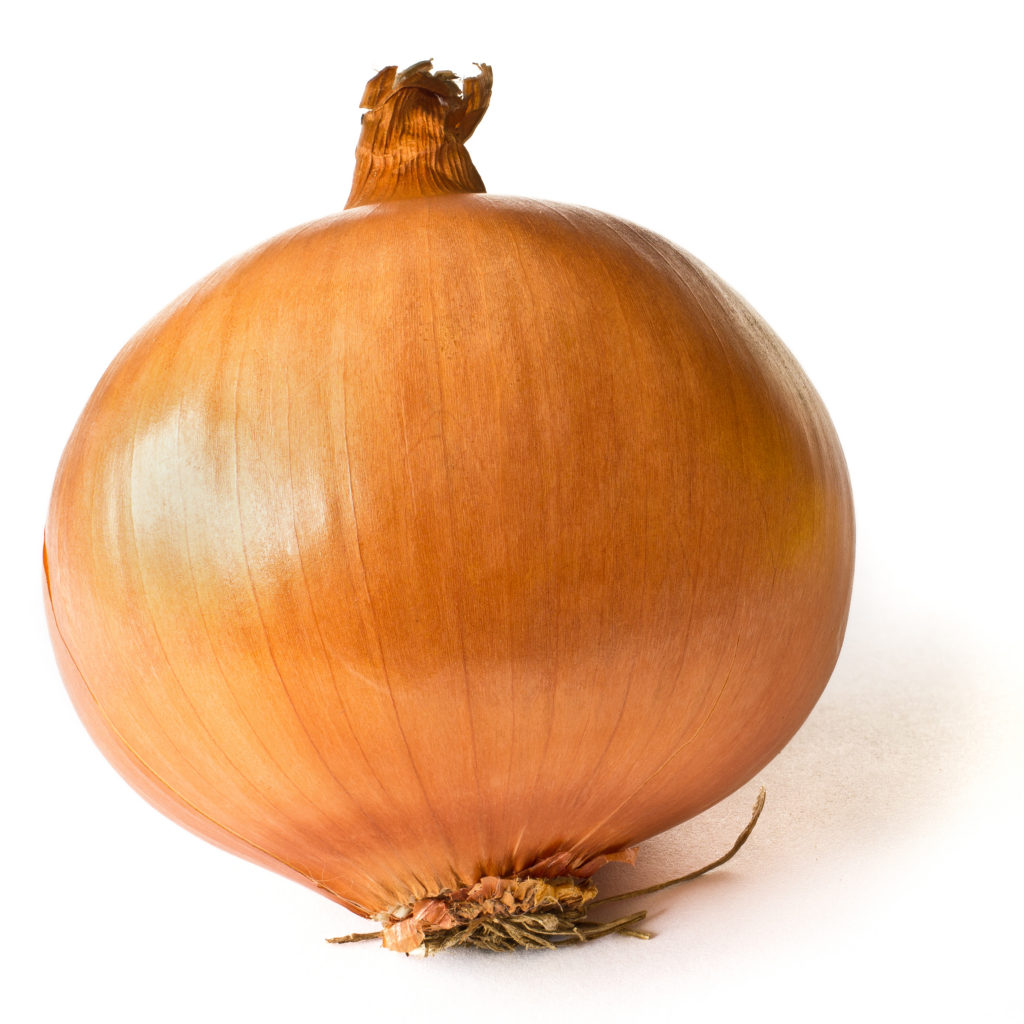Recently, biotechnologists in India revealed that onion and garlic food processing leftovers (such as the onion peel) could be used to mop up hazardous heavy metals, including arsenic, cadmium, iron, lead, mercury and tin in contaminated materials. The research appeared in the International Journal of Environment and Pollution.1
“The (onion and garlic) technique appears to be industrially applicable and viable,” the research team suggests. “This may provide an affordable, environmental friendly and low maintenance technology for small and medium scale industries in developing countries,” they concluded.
What does this mean to cancer research? The heavy metals listed above are classified as human carcinogens by several regulatory agencies. As cancer causing agents, high blood levels of these agents would put people at greater risk to developing the disease. Foods that could be shown to help rid the body of these metals would of course be of great interest in the prevention of cancer.
Supporting good nutrition to help in the fight against cancer is one of the reasons to keep garlic and onions and the allium genus family group – shallots, leeks, and chives in your diet.
The science of garlic, onions, and cancer
Here is what the National Cancer Institute suggests:
- The Allium genus includes garlic, onions, shallots, leeks, and chives. These vegetables are popular in cuisines worldwide and are valued for their potential medicinal properties.
- Epidemiologic studies (research into the cause of disease) indicate some associations of Allium vegetable consumption with decreased risk of cancer, particularly cancers of the gastrointestinal tract.
- The research suggests “compelling evidence that garlic, onions, and their sulfur components alter the biological behavior of tumors, tumor microenvironments, or precancerous cells, and decrease cancer risk.”2
In an earlier study, research scientists found that allicin inhibited lymphangiogenesis, (the making of lymph vessels) which is a critical cellular process implicated in tumor metastasis.3
In a new study, research doctors found that aged garlic extract (AGE) and its main constituent S-allylcysteine (SAC) are natural antioxidants with protective effects against cancer.4 These protective effects involve the garlic extract’s ability to help reverse a low-oxygen environment or “hypoxia stress.” Cancer lives and thrives in a low-oxygen environment, in fact numerous studies have shown that cancer creates this environment to protect itself from immune and cancer fighting cells that are fueled by oxygen.
In a July 2017 study from doctors at Perdue University a closer look is given to garlic and onions and how they may prevent cancer. What the research looked at was Diallyl trisulfide (DATS), a bioactive compound derived from Allium vegetables, has been investigated as an anti-cancer and chemopreventive agent.
The researchers write: “Preclinical studies provide ample evidence that DATS regulates multiple cancer hallmark pathways including cell cycle, apoptosis (death), angiogenesis (birth), invasion, and metastasis. DATS has been shown to arrest cancer cells at multiple stages of the cell cycle.”5
1 Negi R, Satpathy G, Tyagi YK, Gupta RK. Biosorption of heavy metals by utilising onion and garlic wastes. International Journal of Environment and Pollution. 2012 Jan 1;49(3-4):179-96.
2 Nicastro, H. L., Ross, S. A., & Milner, J. A. (2015). Garlic and onions: Their cancer prevention properties. Cancer Prevention Research (Philadelphia, Pa.), 8(3), 181–189. http://doi.org/10.1158/1940-6207.CAPR-14-0172
3. Stacker SA, Achen MG. From anti-angiogenesis to anti-lymphangiogenesis: emerging trends in cancer therapy. Lymphat Res Biol. 2008;6(3-4):165-72. doi:10.1089/lrb.2008.1015. Review. PubMed PMID: 19093789.
4. Orozco-Ibarra M, Muñoz-Sánchez J, Zavala-Medina ME, Pineda B, Magaña-Maldonado R, Vázquez-Contreras E, Maldonado PD, Pedraza-Chaverri J, Chánez-Cárdenas ME. Aged garlic extract and S-allylcysteine prevent apoptotic cell death in a chemical hypoxia model.Biol Res. 2016 Feb 1;49(1):7. doi: 10.1186/s40659-016-0067-6.
5 Puccinelli MT, Stan SD. Dietary Bioactive Diallyl Trisulfide in Cancer Prevention and Treatment. International Journal of Molecular Sciences. 2017 Jul 28;18(8):1645.
